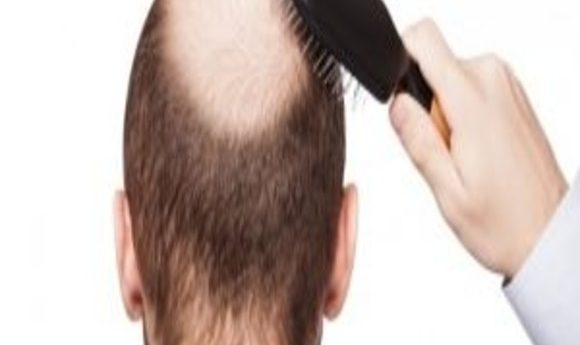Hats off! New genetic markers predict hair loss

Scientists analyze 52,000 men to discover the genetics behind male pattern baldness—and verify a few old wives’ tales in the process.

Genetic markers help predict the odds of male pattern baldness.
Male pattern baldness affects about 80% of men by age 80. This familiar condition can pose psychosocial problems and even indicate dangerous conditions like prostate cancer. Although researchers have traced male baldness to broad genetic sources, they had only found a handful of genes responsible for this complex trait due to small sample sizes.
Now, in the largest genomic study of baldness to date, researchers at the University of Edinburgh have pinpointed over 200 genetic regions associated with this common condition.
“The biggest genetic effect we saw came from the X chromosome, which men inherit from their mothers. However, there are also many genes linked to hair loss that come from the other chromosomes,” explained senior author Riccardo Marioni. “It’s therefore difficult to blame one parent in particular!” The X chromosome’s influence, which men cannot pass to their male children, also may explain why baldness skips a generation in some families.
Marioni’s team split data from 52,000 male participants in the UK Biobank into a discovery sample of 40,000 and a target sample of 12,000 for their genome wide association study. They then developed a formula to predict a man’s chance of baldness based on certain markers, differentiating those with severe hair loss from those with no loss.
“The integration of these large-scale genetic datasets with increasingly detailed functional data (e.g. transcription, enhancer marks) from relevant tissues is highly desirable and will significantly improve our understanding of the underlying pathobiology,” commented Stefanie Heilmann-Heimbach at the University of Bonn, Germany, who was not associated with this study. “A detailed functional follow-up of these findings will require laborious experiments to explain tissue- and cell-specific biological contexts.”
Because the 287 identified genetic regions mostly contribute to hair structure and growth, they could suggest drug targets for treating hair loss. Future studies that collect the age of hair loss onset may also enable researchers to predict the age at which a man becomes bald. Additionally, “the prediction aspect of our paper might be useful to stratify men into high/low risk groups to see, for example, who would benefit most from clinical trials of new potential treatments,” noted Marioni.